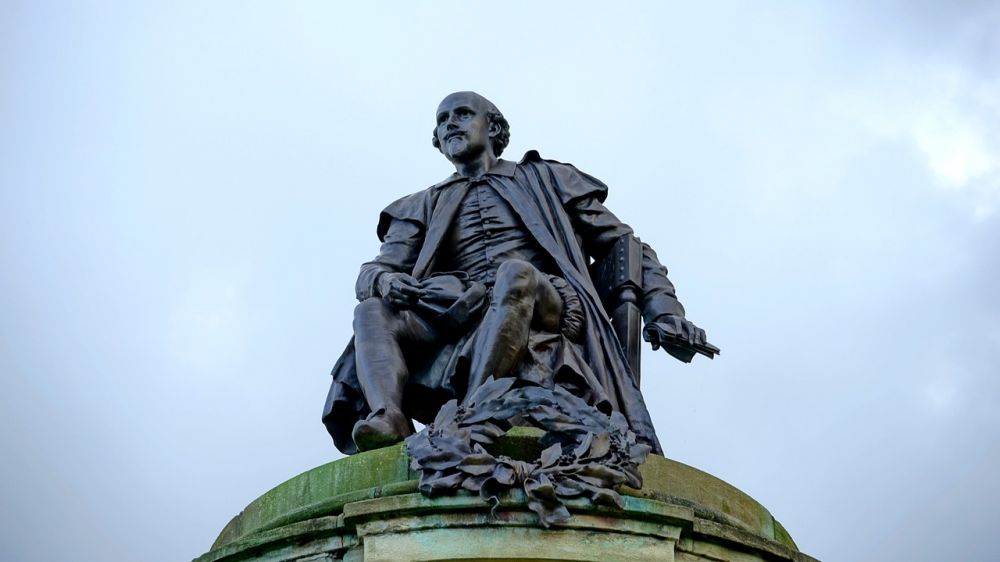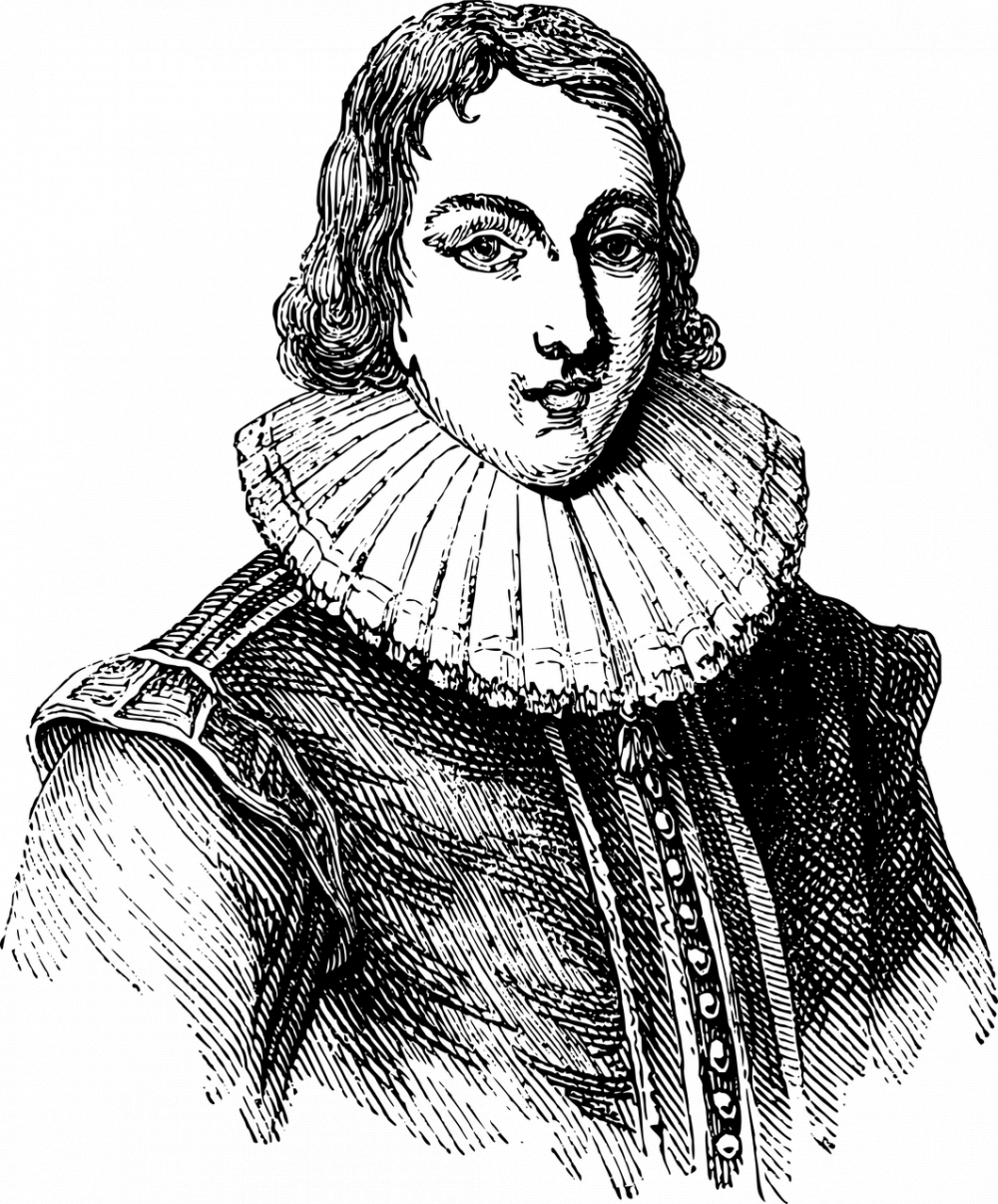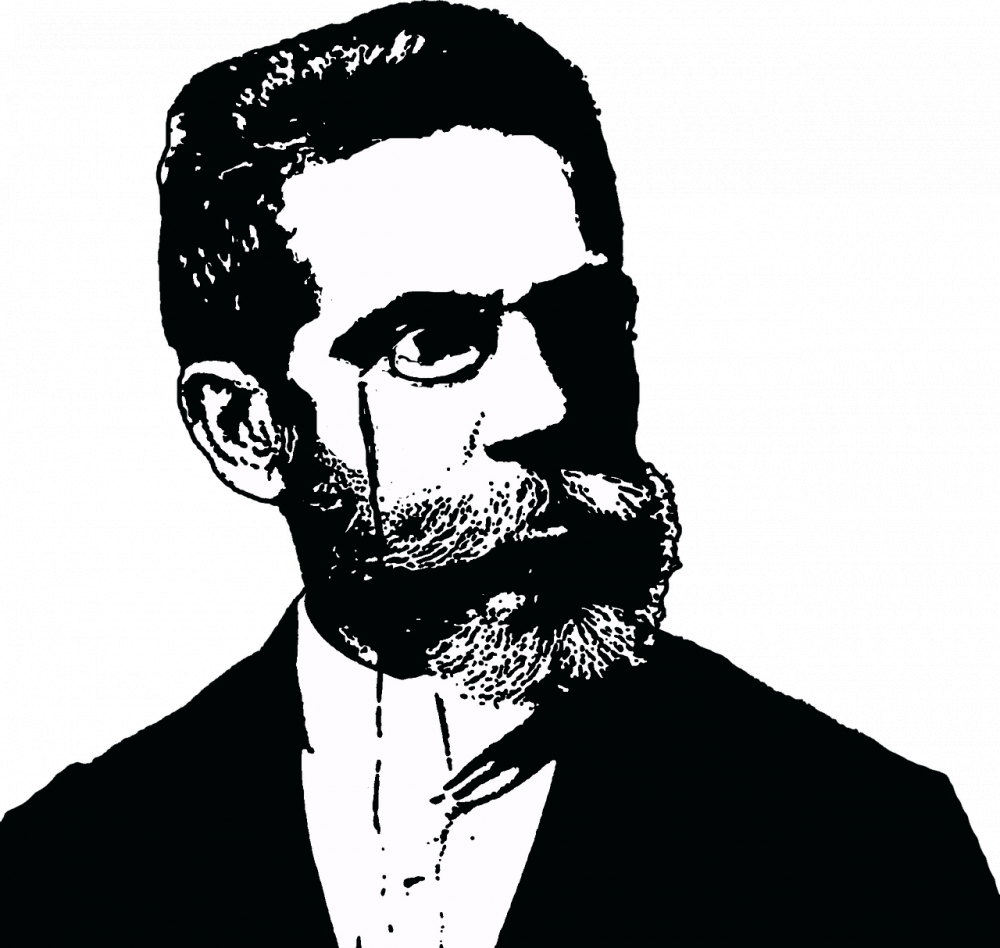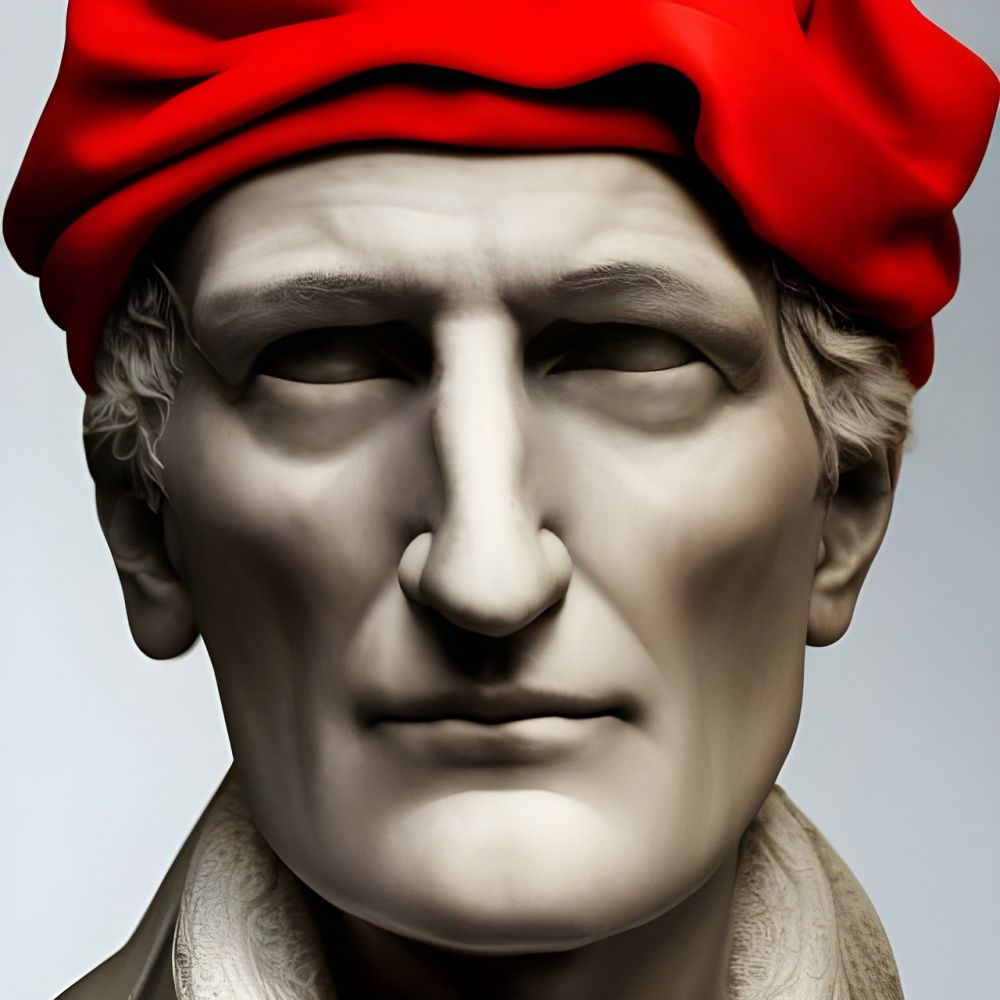The Raven: Edgar Allan Poes Iconic Masterpiece

Introduction:
Edgar Allan Poe’s “The Raven” is undoubtedly one of the most celebrated and influential works of American literature. This dark and haunting poem has captivated readers for generations with its eerie atmosphere, vivid imagery, and profound exploration of themes such as loss, grief, and the human psyche. In this article, we will delve into the depths of this iconic masterpiece, examining its historical significance, development over time, and its enduring appeal to art enthusiasts and collectors.
Historical Background:

“The Raven” was first published in 1845 and quickly became a sensation, firmly establishing Poe as a master of Gothic literature. The poem tells the story of a man mourning the loss of his beloved Lenore, who is visited by a mysterious raven that perches upon a bust in his chamber. As the protagonist questions the bird, it repeatedly responds with the haunting refrain, “Nevermore,” intensifying his despair and madness.
The Development of “The Raven”:
Over time, “The Raven” has evolved from a mere poem to a cultural phenomenon, permeating various art forms and inspiring countless adaptations. From its initial publication, the poem garnered critical acclaim, with its revolutionary use of rhythm, rhyme, and symbolisms. Poe’s mastery of poetic techniques, such as internal rhyme, alliteration, and onomatopoeia, created a musicality that was both captivating and haunting.
Since its inception, “The Raven” has been embraced by artists across different disciplines, including literature, visual arts, music, and film, for its rich imagery and universal themes. The poem’s dark and melancholic tone has especially resonated with artists exploring Gothic, Romantic, and Symbolist movements, finding solace in Poe’s depiction of the macabre and the human psyche’s darker realms.
Significance for Art Enthusiasts and Collectors:
For art enthusiasts and collectors, “The Raven” holds a special place, not only as a literary masterpiece but also as a symbol of artistic expression and creativity. Whether encountered in its original printed form or through various adaptations, such as illustrations, paintings, or sculptures, “The Raven” offers a visual and tangible representation of Poe’s profound writing.
Artworks inspired by “The Raven” often capture the ominous atmosphere and the psychological depths explored in the poem. The interplay between darkness and light, the juxtaposition of life and death, and the portrayal of overwhelming emotions make for captivating visual representations. Collectors often seek out these pieces, appreciating the emotional and intellectual resonance they bring to their art collections.
“The Raven” as a Featured Snippet:
To enhance the chances of this article being displayed as a featured snippet in Google searches, the text should be structured in a logical and organized manner. Below is a useful breakdown using bullet points:
1. Introduction
– Overview of “The Raven” and its significance
2. Historical Background
– Publication and initial reception of “The Raven”
3. Development of “The Raven”
– Evolution and impact of the poem across various art forms
4. Significance for Art Enthusiasts and Collectors
– Exploration of why “The Raven” holds appeal for art enthusiasts and collectors
5. Conclusion
In conclusion, Edgar Allan Poe’s “The Raven” remains a timeless masterpiece that continues to resonate with art enthusiasts and collectors. Its historical significance, development over time, and enduring appeal have firmly established it as an iconic work of American literature. Whether encountered in its original form or through adaptations in different art forms, “The Raven” continues to inspire and captivate with its haunting imagery and exploration of the human condition. May its dark and poetic beauty continue to enchant generations to come.
References:
– Poe, E. A. (1845). The Raven.
– Thompson, G. R. (2017). American Literature and the Culture of Reprinting, 1834-1853. University of Pennsylvania Press.
– Silverman, K. (1991). Edgar A. Poe: Mournful and Never-Ending Remembrance. Harper Collins.





